Fossils are the remains or traces of plants and animals that lived a long time ago. Fossils help scientists understand what life was like millions of years ago. Some fossils provide evidence of living things that have gone extinct, which means they are no longer found alive anywhere on earth today.
To learn more about fossils and extinction…
LET’S BREAK IT DOWN!
A fossil is the remains or traces of prehistoric life.
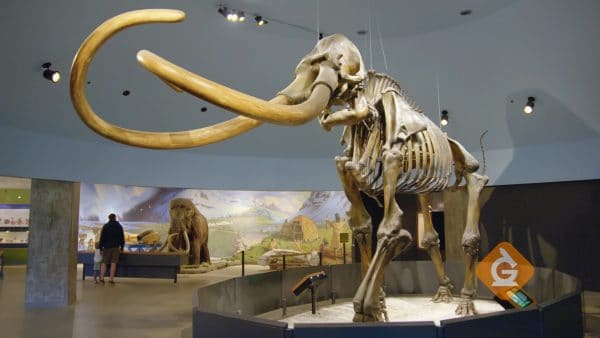
Fossils are the preserved remains of an animal, such as the animal’s bones, or impressions of the animal's activities, such as footprints. Even poop can be considered a fossil.
It's important to remember that plants can be fossils too!
Fossils can be found all over the world, however, there are areas that have a lot more fossils than other areas.
An extinct animal is one that is no longer found on Earth today.
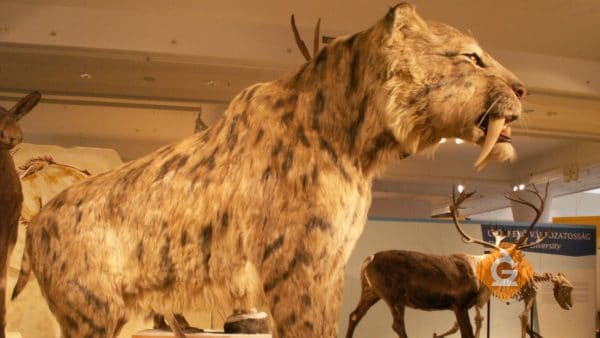
When an entire type of animal dies out, they are extinct. Extinct animals are gone forever.
Fossils help us understand why an animal went extinct. Some extinctions were caused by sudden changes in an organism’s habitat such as floods, wildfires, or other natural events. Hunting, habitat loss, and pollution are common reasons why organisms go extinct today.
Fossils provide evidence about past life and their environment.
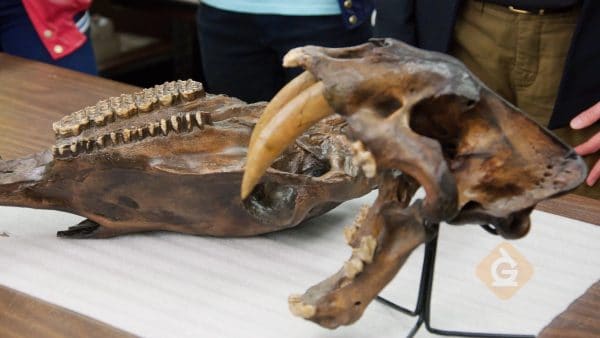
Scientists can learn a lot about the history of life from fossils, such as what types of animals live in a particular location.
We know that the area that is now Mt. Everest was once at the bottom of the sea because scientists found fossils of ocean animals there.
By looking at the teeth of extinct animals, scientists are able to determine their diet. When fossils with long pointed teeth are found, scientists know that the animal was a carnivore (animals that eat meat). If a fossil with flat, smooth teeth is found, the animal is likely a herbivore (animals that eat plants).
Also, the size and shape of the skull are used to determine the size of an animal. Scientists can even use dinosaur footprints to determine how fast the dinosaur ran, how many legs it had, and if it traveled alone or in groups.
How did plants and animals become fossils?
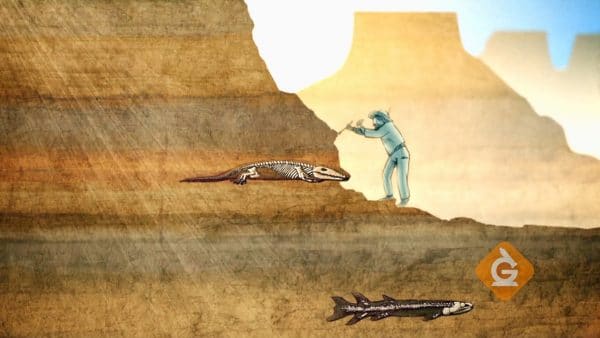
Fossils can be made from the actual remains of an organism (like bones, teeth, shells or leaves), or they can be preserved records of a living thing's activity (like footprints or animal droppings). Only a small number of organisms have become fossilized.
When living things die, they typically don’t leave anything behind. If an animal was quickly buried after it died, the bones or shells may have been left behind. Over time, the sediment over the dead organism hardens into rock. Fossils are revealed when something like erosion brings their remains to the surface and they are discovered.
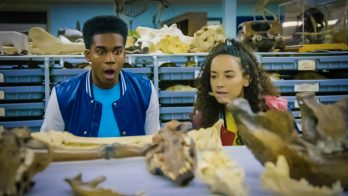
































































































































 Select a Google Form
Select a Google Form







 GENERATION GENIUS
GENERATION GENIUS




